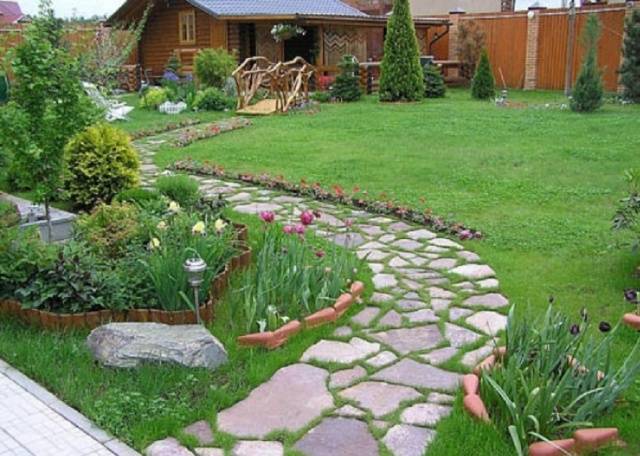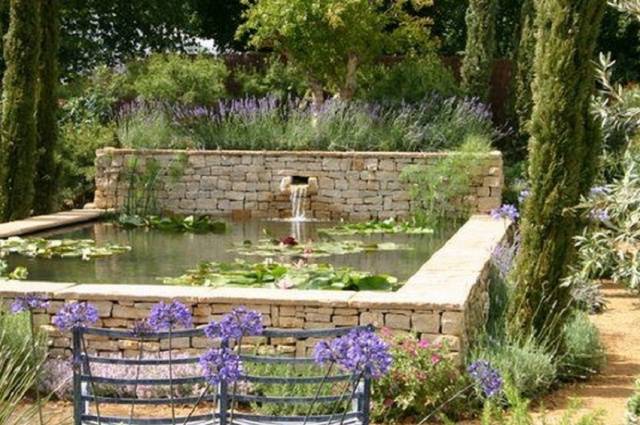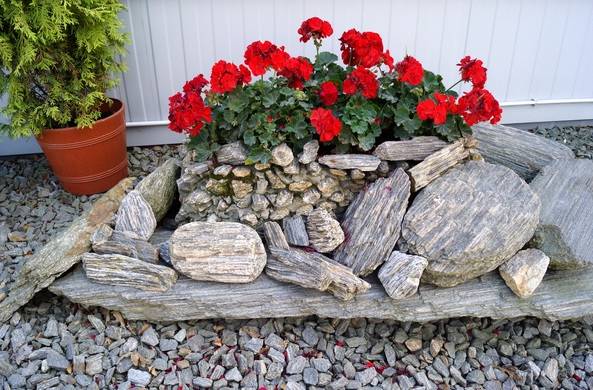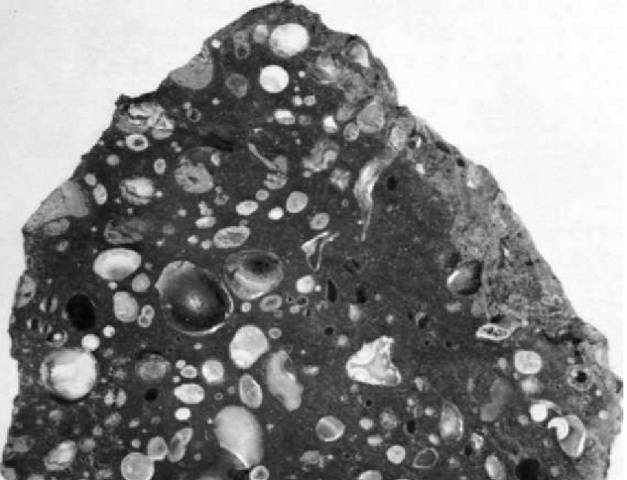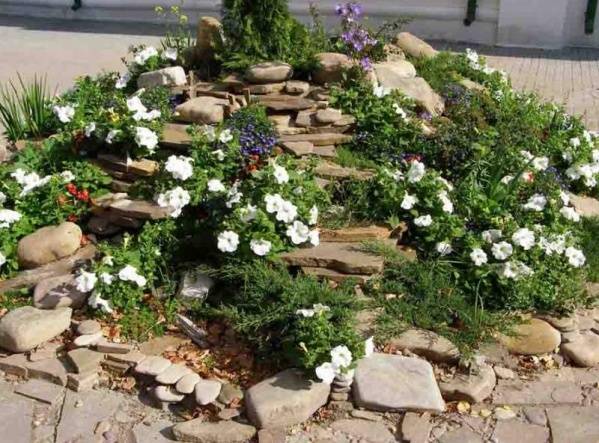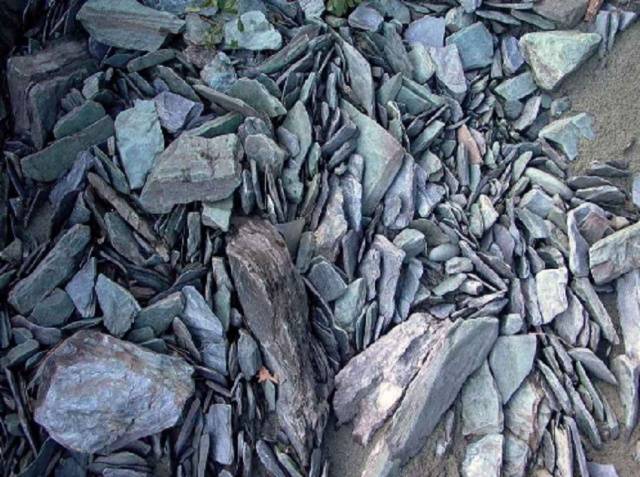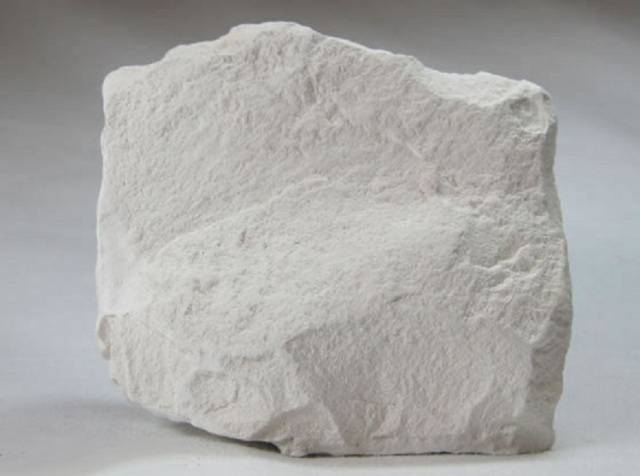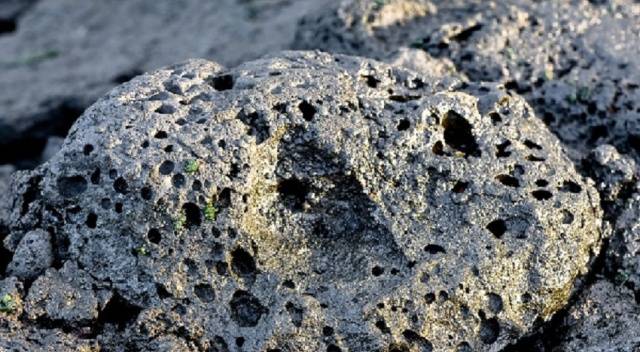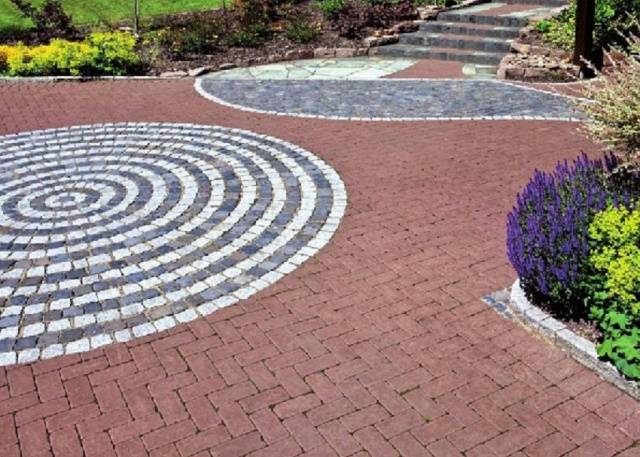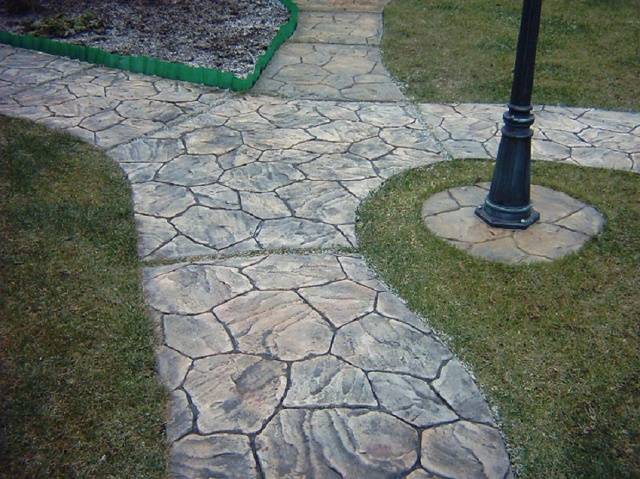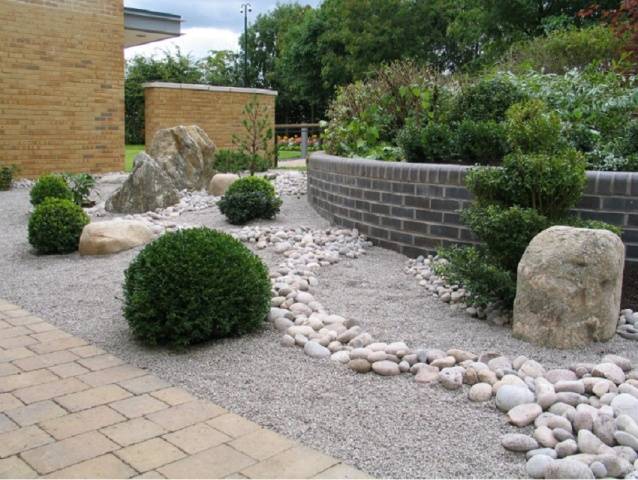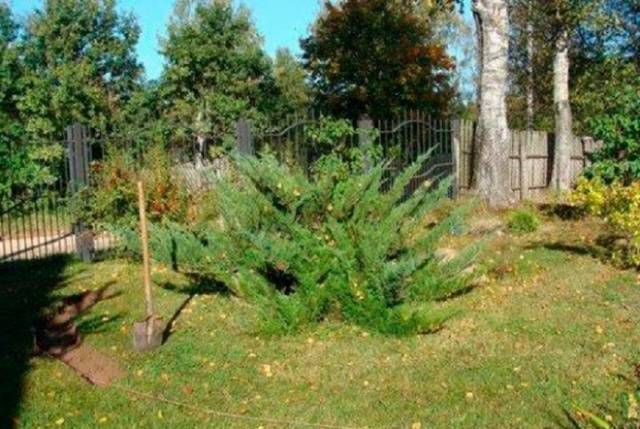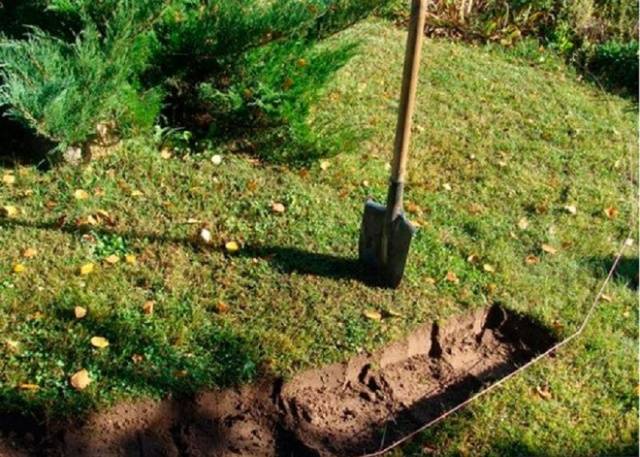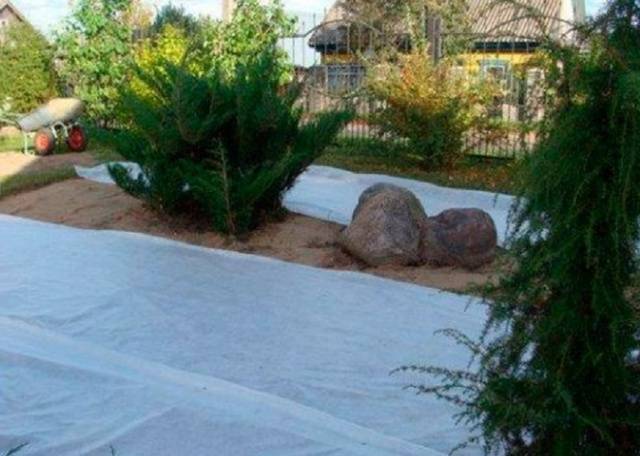Content
IN landscape design plants and natural materials have always come first. Stones are most often used to connect and decorate project details. They fit organically into the coniferous composition, thematic figures, zones of different styles.
For what purposes are stones most often used for landscape design? In any project, they use them to draw up:
- flower and coniferous beds;
- paths, paths and passages;
- walls of buildings, garden and construction premises, fountains, gazebos and reservoirs;
- rock gardens and slides;
- garden figures;
- dry streams and waterfalls;
- zones in the Japanese style.
There are a lot of ideas for their application in landscape design.
Don't think you have to repeat someone else's creative combination. When creating compositions, natural natural boulders or artificial industrial production are used.
What breeds do designers prefer?
Firstly, they try to combine any project with the design of the territory. There are always stones of certain types and sizes on the site. To smoothly fit the rest of the elements, you have to take this factor into account. Another is the strength of the material. It symbolizes consistency, so it should be a durable element in landscaping. Attractiveness is also not the last place in the list of requirements.
This is especially true of artificial varieties, which should not only organically blend into the surrounding natural ensemble, but also have a unique charm.
Let's consider the main groups of stones for landscape design. The best way to study the stones used in landscape design will help the photo.
Natural
Natural stone is considered the most valuable for landscape design.
Granite
A common breed that is used to decorate various elements of landscape design - slides, paths, benches, gazebos. Its volcanic origin makes it durable and beautiful. It will not be difficult to choose the desired shade to taste. The cost of granite is quite high.
Gneiss
The composition is very similar to granite, the main difference is the color.
Basalt
Strength like granite, but porous structure. It is found in shades - black, black-green, smoky gray.
Slate
It is prized for its color variety from black and gray to green and red.
Dolomite
Belongs to the group of rocks. Very attractive stone for landscaping. You can choose amazing warm shades combined with an unusual shape. Important! It should be borne in mind that this material is hydrophobic and completely unsuitable for decorating water bodies.
When working with dolomite, you need to remember a couple more nuances - it can lead to liming of the soil and break from frost.
Sandstone
It resembles dolomite in properties, but the color range is much more interesting. The shades range from gray to red. Easily processed due to its composition, which contains clay, quartz, carbonate, silicon. But for the design of surfaces that should have good strength, you should not take it. In addition, it is exposed to water and can dissolve in it. Therefore, it is not used in the construction of ponds and reservoirs.
Limestone
Short-lived, but looks good in the green area. Pale limestone colors are in harmony with the rich greenery of the plants.The stone is prone to crumbling, delamination and weathering.
Marble
Crystalline rock. A very popular stone for landscaping, although its strength is lower than that of granite. It is appreciated for its ease of processing.
Tuff
Porous and moisture absorbent. Used by designers for specific purposes in landscape design.
Glowing
We should also consider a group of glowing stones for landscape design.
They are suitable for decorating areas of any size and style. Such stones have the property of glowing in the dark. Therefore, there is always a place for them when decorating a pond, a path. Glowing stones even serve as a source of lighting in the garden. An excellent element of the decor of reservoirs, when in contact with water, they do not change their qualities. In a flower bed, they create a unique lighting at any time of the day.
Artificial
Brick
Popular in any kind of design. A variety of colors, resistance to natural fluctuations make it very popular in landscape design.
Concrete
Opinions on his account are different, but this does not prevent the use of concrete in landscape design is very active.
With the help of extraordinary combinations of boulders with other elements, it turns out to create beautiful forms in landscape design.
What can be done on the site
The most popular forms are paths, walls and a rock garden. The latter option can perform several functions on the site:
- create coziness in a secluded place;
- divide the site into functional zones;
- mask objects that don't fit well into the landscape.
Rock garden
Anyone can make a rock garden in the country with their own hands.
To do this, it is enough to get acquainted with various types of ideas and recommendations of professionals. Such an element of landscape design is placed in relief zones. The garden of stones between buildings and the fence fits well,
in remote corners of the garden, on the slopes and near the water.
To create your own unique rock garden, follow a few practical steps:
Define the area for the stone composition in the landscaping of the site.
Remove the top layer of soil, select weeds and debris, and treat the area with herbicides if necessary.
Cover the bottom with agrofiber and decorate with pebbles.
Place large boulders in the grooves.
Arrange small stones so that they are stable. If necessary, deepen.
Add plants if desired.
Decorate the rock garden with furniture, architectural details, lanterns or water features.
Conclusion
Stones play an important role in landscape design. The site is transformed by harmonious compositions of natural stones, plants and human creativity.
